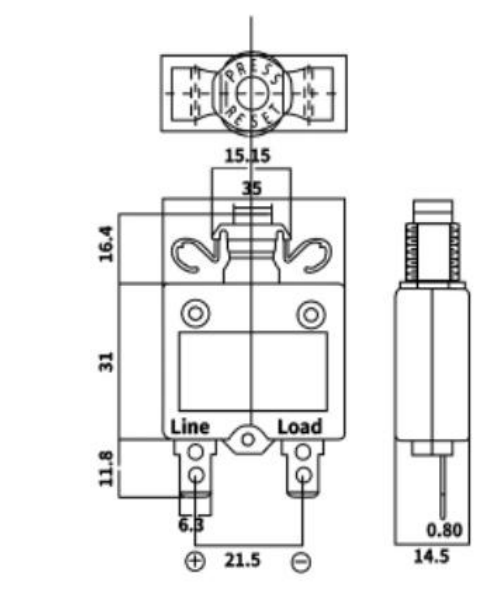Understanding Floor Marking Tape Specifications
Floor marking tape is an essential tool in various industries, including manufacturing, logistics, healthcare, and retail. It provides guidance, safety, and organization by delineating walkways, work areas, and hazard zones. However, the effectiveness of floor marking tape largely depends on its specifications. In this article, we will explore key aspects of floor marking tape specifications that users should consider.
Material Composition
One of the primary factors to consider in floor marking tape specifications is the material composition. Most floor marking tapes are made from vinyl, which offers durability and flexibility. Vinyl tapes can withstand frequent foot traffic and are resistant to wear and tear. Additionally, some tapes are polyurethane-based, which provides even greater durability and resistance to chemicals and moisture. Users should choose a tape that suits their specific environment – for example, a warehouse may require a more robust tape compared to a retail setting.
Adhesive Properties
The adhesive strength of floor marking tape is another crucial specification. High-quality adhesive ensures that the tape adheres firmly to the floor, reducing the risk of lifting or curling over time. It's important to select an adhesive that is compatible with the floor surface, whether it's concrete, tile, or epoxy. Some tapes offer repositionable adhesive options, allowing for adjustments during installation, which can be advantageous in dynamic work environments.
Visibility and Colors
floor marking tape specification

Visibility is paramount when it comes to floor marking. Specifications often outline the colors available for floor marking tapes, which should be easily distinguishable to promote safety. The American National Standards Institute (ANSI) and Occupational Safety and Health Administration (OSHA) provide guidelines for color coding in safety signage. For example, yellow is typically used to indicate caution, while red signifies danger. Users should ensure that their chosen tape meets these standards to enhance visibility and communicate hazards effectively.
Thickness and Durability
The thickness of floor marking tape plays a significant role in its durability and lifespan. Thicker tapes are more resistant to scuffing, tearing, and wear, making them ideal for high-traffic areas. Specifications often indicate the tape's thickness in mils (thousandths of an inch), with options typically ranging from 5 to 10 mils or more for heavy-duty applications. It's essential to assess traffic patterns and environmental conditions to select the appropriate thickness.
Application and Installation
Finally, the application method and installation process should also be considered. Some floor marking tapes can be applied directly by peeling off the backing and pressing it into place, while others may require additional tools for proper installation. Users should consult the manufacturer's guidelines for the best practices to ensure a long-lasting application.
In conclusion, understanding floor marking tape specifications is vital for ensuring safety, organization, and efficiency in various settings. By carefully considering material composition, adhesive properties, visibility, thickness, and application methods, users can select the best tape for their specific needs, contributing to a safer and more organized environment.
-
XIANGFAN Rubber Tape-Ultimate Solutions for All Your Insulation NeedsNewsJun.24,2025
-
XIANGFAN Rubber Tape-Protection for Industrial and Residential ApplicationsNewsJun.24,2025
-
XIANGFAN Rubber Tape: Superior Safety and Sealing for Demanding EnvironmentsNewsJun.24,2025
-
XIANGFAN Rubber Tape: Reliable Solutions for Every Electrical ChallengeNewsJun.24,2025
-
XIANGFAN Electrical & Industrial Tape: Powering Reliability Across IndustriesNewsJun.24,2025
-
XIANGFAN Electrical & Industrial Tape: Excellence in Every ApplicationNewsJun.24,2025
